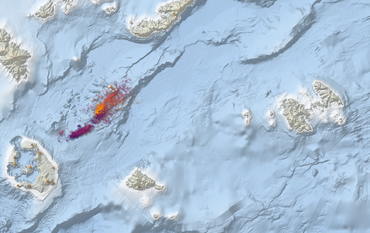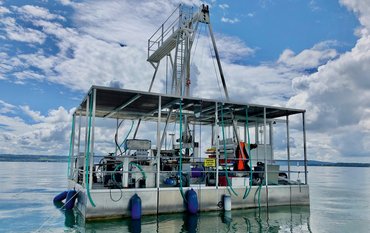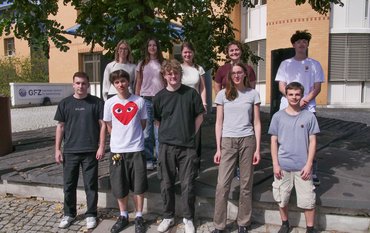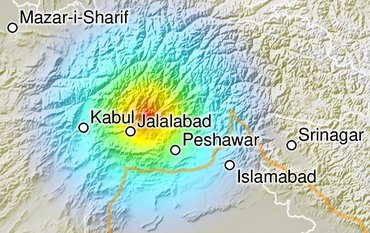08.09.2014: Scientist from the GFZ in cooperation with colleagues from universities and further institutions have, for the first time, systematically analyzed a larger lake-level data set from northern central Europe in order to detect and attribute hydrological trends during the last decades. Furthermore, the hydrological dynamics of the last millennium was reconstructed using one particular lake as an example.
In order to determine the effects of climatic and land-use changes on the regional water budget, data on fluctuating water quantities in flowing waters, lakes and in the groundwater are necessary. However, as monitoring data are often available for the last decades only, and as a reliable evaluation of the reasons for fluctuations often requires a longer observation period, coupling of observed and reconstructed data offers a promising way to extend hydrological data series into the past and interpret the development.
By monitoring the data the geoscientists could show that both decreasing as well as increasing and also stagnating lake levels exist, depending basically on the location in the drainage network of the landscape. Climatic and anthropogenic impacts drive the local hydrological dynamics to a variable extent. It has also become clear that a regional “dry phase” between 1995 and 2010, alarming the public in the recent past, is over.
Furthermore, for one lake in the Mecklenburg Lake District the long-term lake-level dynamics could be reconstructed exemplarily. The amplitude of lake-level change during the last millennium reveals astonishing dynamics, amounting to a multiple of what was observed during the last decades. This is most probably caused by hydrometeorological extreme events in the past.
Kaiser, K., Koch, P.J., Mauersberger, R., Stüve, P., Dreibrodt, J., Bens, O. (2014): „Detection and attribution of lake-level dynamics in north-eastern central Europe in recent decades”, Regional Environmental Change 14, 1587-1600.
Kaiser, K., Küster, M., Fülling, A., Theuerkauf, M., Dietze, E., Graventein, H., Koch, P.J., Bens, O., Brauer, A. (2014): “Littoral landforms and pedosedimentary sequences indicating late Holocene lake-level changes in northern central Europe – A case study from northeastern Germany”, Geomorphology 216, 58-78.

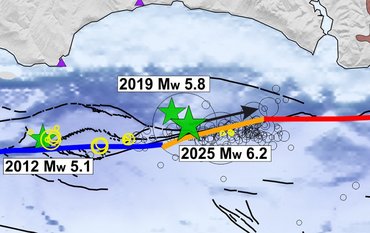
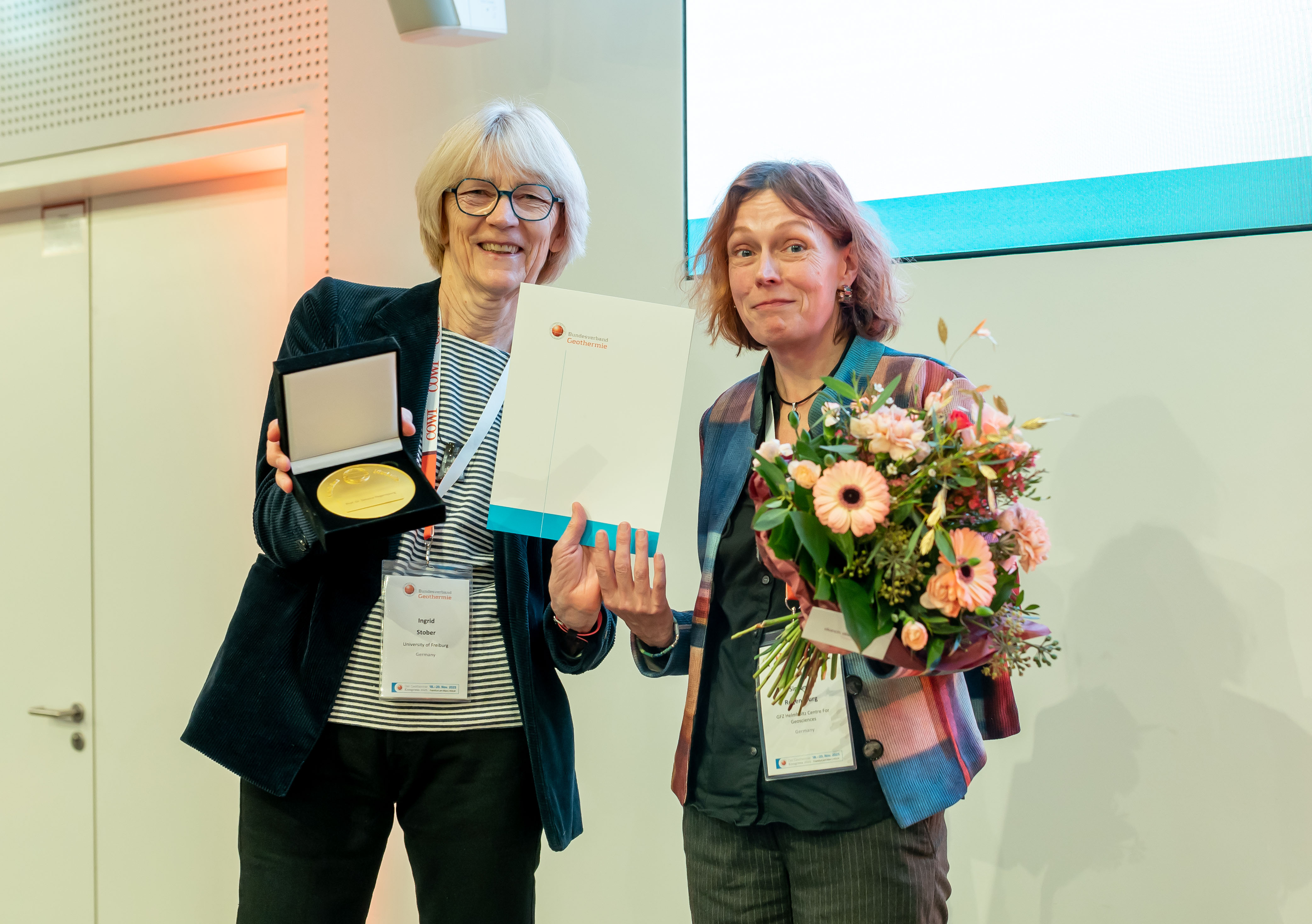


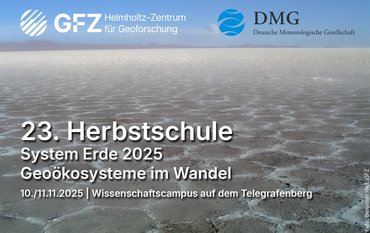
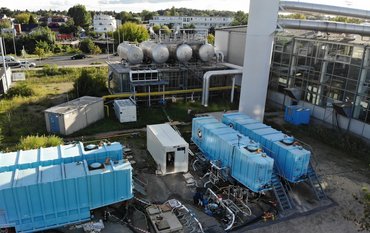
![[Translate to English:] Group photo with 8 people in a seminar room in front of a screen.](/fileadmin/_processed_/2/1/csm_20251114_News_EU-Water-Resilience-Exchange_Kreibich_c-xx_db4e5be690.jpeg)
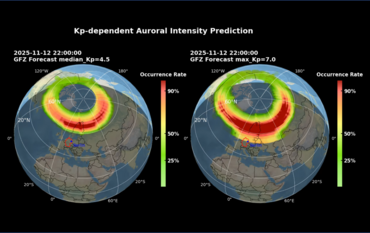

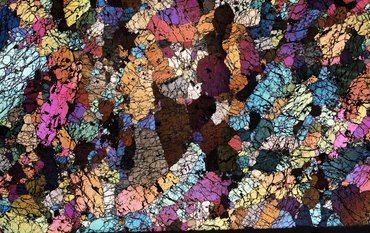
![[Translate to English:] Portrait photo, blurry background](/fileadmin/_processed_/a/2/csm_2025_11_06_JEAN_BRAUN_HE_Helmholtz_Portraits-23_2b5c35beee.jpeg)

![[Translate to English:] Excerpt from a map of the Phlegraean Fields near Naples, Italy: Left: Red dots mark smartphone sensors, yellow triangles mark fixed seismological stations. Right: The area is coloured in shades of yellow, red and purple according to the amplification of seismic waves.](/fileadmin/_processed_/3/b/csm_20251028_PM_Smartphone-Earthquake_Slider_12500fa0e6.jpeg)

![[Translate to English:] Green background, portrait of Heidi Kreibich](/fileadmin/_processed_/1/1/csm_20251023_Kreibich-Heidi-2025-Vollformat-green_web_-c-Michael-Bahlo_72946c7fe4.jpeg)
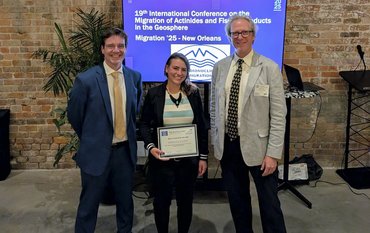
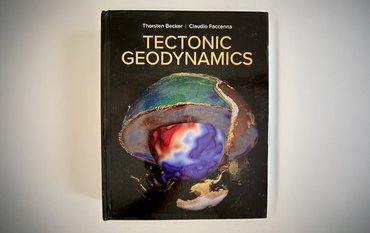

![[Translate to English:] semicircle depicting the future missions, graphics of the new satellites](/fileadmin/_processed_/3/d/csm_2025_10_08_Copernicus_Erweiterung_3f08a76a33.png)
![[Translate to English:] Portrait picture](/fileadmin/_processed_/f/4/csm_Magnall-Joseph-Kachel-c-privat_36e23315c3.jpeg)

